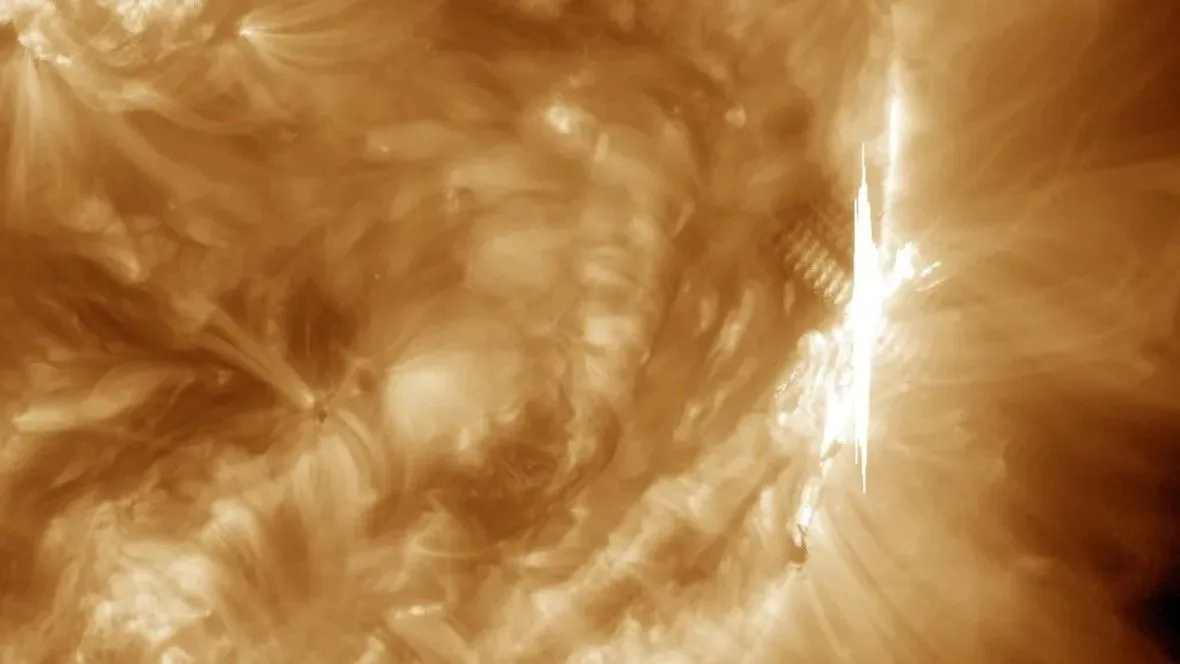Aurora Borealis: The Impact of Recent Solar Storms on the Northern Lights

Aurora Borealis Amid Solar Storms
The Aurora Borealis, also known as the northern lights, is set to become a spectacular sight due to powerful solar storms originating from the sun. As these solar events intensify, they are expected to produce stunning light displays.
Effects of Recent Solar Activity
- The recent coronal mass ejections (CMEs) are impactful, leading to increased visibility of auroras across unusual geographical areas.
- Residents as far south as Alabama may witness this remarkable phenomenon.
- Space weather conditions, influenced by these solar storms, are also straining power grids impacted by past hurricane activity.
Looking Ahead: The Future of Auroras
- With significant solar events predicted for October 2024, excitement grows for future aurora displays.
- The interplay between solar winds and Earth’s magnetic field creates a beautiful light show.
As enthusiasts keep an eye on space weather updates, adventurers and photographers prepare for extraordinary views. The aurora borealis is not just a scientific phenomenon; it is a breathtaking experience.
This article was prepared using information from open sources in accordance with the principles of Ethical Policy. The editorial team is not responsible for absolute accuracy, as it relies on data from the sources referenced.